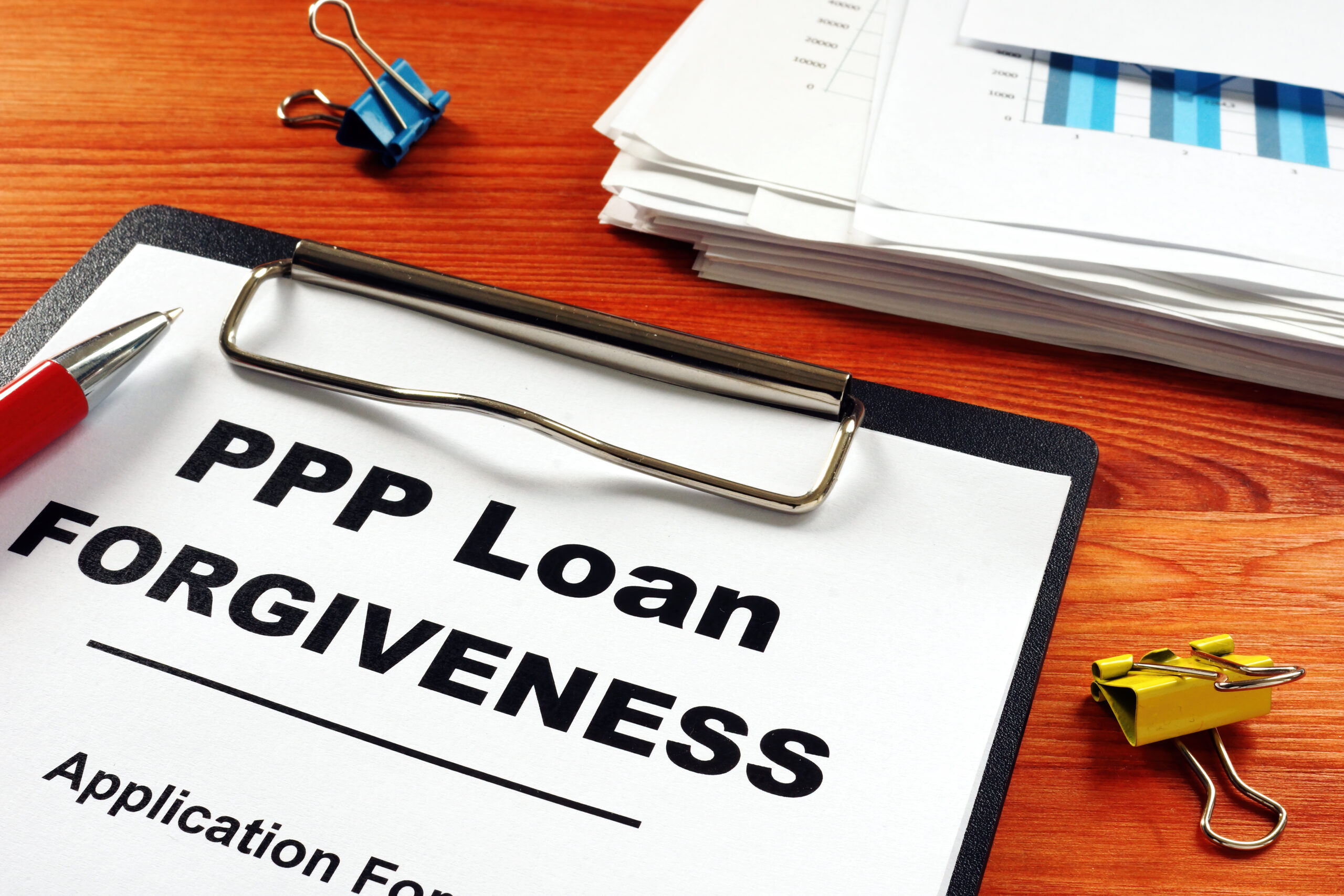On June 5, 2020, President Trump signed the Paycheck Protection Program Flexibility Act (the Flexibility Act) into law, after lawmakers passed it almost unanimously. The original Payment Protection Program (PPP)—a key component of the Coronavirus Aid, Relief, and Economic Security Act signed in March—and the accompanying guidance issued by the Small Business Administration (SBA) and the Department of the Treasury, were criticized for imposing requirements that were too rigid to benefit many of the businesses that needed it most. As a result, lawmakers went back to the drawing board to make it easier for business owners to utilize PPP funds to keep employees on staff and businesses running.
As expected, the original loan forgiveness application was revised in alignment with Congress’s intended purpose: to give borrowers greater flexibility in using loan funds and obtaining loan forgiveness. If you have applied for a PPP loan or are considering applying for one, here is what you should know about the new Flexibility Act’s loan forgiveness process:
- The original loan forgiveness application has been simplified. When the initial loan forgiveness application was released, it included eleven pages of various calculations and worksheets that overwhelmed business owners and tax professionals. The revised application is five pages and eliminates much of the complex accounting instructions while providing additional guidance to help borrowers complete the application. Some parts, such as the required PPP Schedule A Worksheet, remain unchanged.
- You may be eligible to use a new streamlined loan forgiveness application. The new PPP Loan Forgiveness Application Form 3508EZ streamlines the application process by further reducing the calculations and documentation required in the full form. It is three pages, and borrowers are eligible to use the application if they meet one of the following criteria:
- They are self-employed and have no additional employees.
- They did not reduce the number of employees in their workforce or the hours their employees work, and they did not reduce employee salaries or wages by more than 25 percent.
- They experienced a reduction in the level of their business activity due to COVID-19 restrictions or health directives, and they did not reduce employee salaries or wages by more than 25 percent.
- Borrowers can choose between an eight-week covered period or a twenty-four-week covered period. For borrowers who received their funds before June 5, the new applications allow them to select either the original eight-week covered period or the updated twenty-four-week covered period for their calculations. However, in order to prevent an owner from receiving a windfall, the latest interim final rule (IFR), dated June 17, 2020, explicitly restricts forgiveness of owner compensation replacement for individuals with self-employment income who file a Schedule C or F. The IFR states that forgiveness of the owner’s compensation is limited to either eight weeks of 2019 net profit for an eight-week covered period or two and a half months of 2019 net profit for a twenty-four-week covered period. This is because there could be instances in which a borrower with one employee receives a maximum loan amount of five months of payroll and then subsequently lays off the employee. If the borrower were to use the safe harbor in the Flexibility Act (which shields borrowers from reductions in loan forgiveness if they are unable to return to the same level of business activity as before February 15, 2020), the borrower would receive a windfall of the former employee’s two and a half months of payroll because the entire loan amount would be eligible for forgiveness.
- Failure to spend 60 percent of your loan on payroll expenses does not disqualify you from partial loan forgiveness. The text of the Flexibility Act led experts to believe that a borrower would forfeit the ability to access any loan forgiveness if the borrower did not spend 60 percent of the loan proceeds on payroll. New SBA interim final rules correct that misinterpretation by clarifying that the Flexibility Act allows business owners that use less than 60 percent for payroll costs to remain eligible for partial loan forgiveness.
We Can Help
June 30, 2020, is still the deadline for applying for a PPP loan. If you need help applying for a PPP loan, or if you have already applied and need assistance obtaining loan forgiveness, contact us soon to schedule a virtual consultation. Our team of experienced attorneys can walk you through the process and help you gather the necessary documents.

